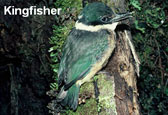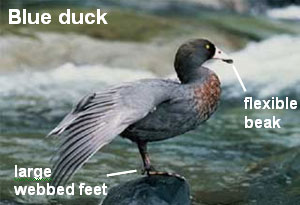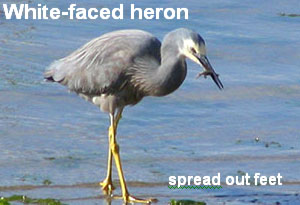Feet and beaks
Instructions
Use the cards to complete the chart to show how each bird's feet and beak help it to get its food. HINT: think about the food and where the bird gets it.
| Name of bird | Beak | Feet | Type of food |
 |
|||
 |
|||
 |
|||
 |
|||
 |
|||
 |
Use these pictures to look carefully at each bird.
 |
 |
 |
 |
 |
 |
| Cards about beaks | ||
|
|
|
|
|
|
| Cards about feet | ||
|
|
|
|
|
|
| Cards about food | ||
|
|
|
|
|
|

